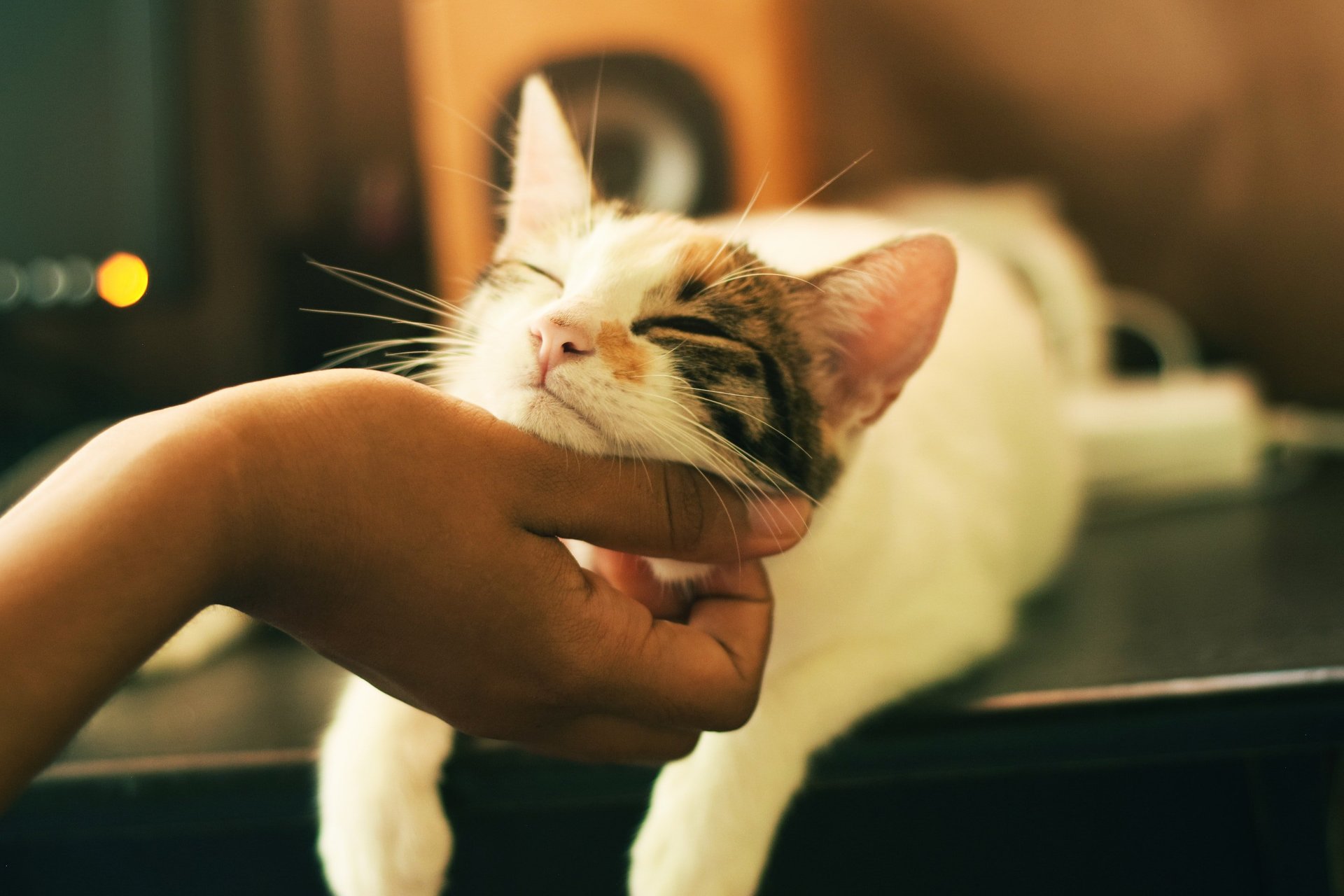Does your canine companion know any cute paw tricks, such as Shake or Gimme Paw? These classics will never stop being cute! Fido’s furry feet are actually crucial to his health and well-being. Read on for some tips on caring for your pup’s paws from a Rancho Santa Fe, CA veterinarian.
Nail Trims
Keep up with your furry friend’s claw trims. This may sound like a minor aspect of good doggy care, but it’s actually very important. Long nails change the angle of Fido’s toes against the ground, making it hard for him to get a good grip.
Paw Pads
Your dog’s paw pads are also very important. They cushion the shocks against Fido’s bones when he jumps and runs, provide him with traction, and give him information about the surfaces he’s on. Keep them moist and healthy by using paw balm or wax. You can also use olive oil, coconut oil, or petroleum jelly.
Toe Fur
Those toe fur tufts are cute, but they can be problematic. They can collect gunk, such as that piece of gum someone dropped, and can form painful mats. Keep these clipped!
Paw Inspections
Foxtail grasses are another thing to be aware of. These have sharp seed awls, which can burrow deeply into Fido’s skin, eventually working their way deeper and deeper into his body. Inspect your pup’s feet regularly. You’ll also want to look for bites, bumps, swelling, and, yes, even ticks. Call your vet immediately if you notice anything off.
Terrain
It’s also important to pay attention to the terrain. When it’s hot out, keep your pooch off scorching sidewalks and driveways. Doggie boots can help with this, though not all dogs will tolerate them. Watch for things like broken glass, sharp shells, and other debris. Your dog’s paws will become extra sensitive after being immersed in water. If you like to head to the beach with your furry pal, you’ll need to be extra cautious after he’s been swimming.
Tips
Many dogs don’t like having their feet handled. If you have a rescue, your canine pal may be extra wary, especially if he’s never had pawdicures before. Teach Fido that he’ll get a yummy snack for giving you his feet. Giving him a ‘pawsitive’ association about having his feet handled could make a world of difference. Looking for the perfect treat to encourage your dog during training or care sessions? Check out these great ‘Holiday Gifts for Dogs‘ that can help make each session a joyous occasion.
Our Advice on Caring For Your Dog’s Paws in 2024
How often should a dog’s nails be trimmed, and what are the signs that a dog’s nails have become too long?
A dog’s nails should be trimmed every 3-4 weeks, depending on their growth rate and activity level. Signs that a dog’s nails have become too long include clicking sounds on hard surfaces, difficulty walking, and nails that curve or touch the ground even when standing. Long nails can cause discomfort, affect a dog’s gait, and lead to joint issues. Regular trimming helps maintain proper paw health and prevents potential injuries. If unsure about nail trimming, consulting a veterinarian or professional groomer is recommended for guidance and assistance.
Are there any specific breeds or types of dogs that are more prone to paw-related issues?
Certain breeds are more prone to paw-related issues due to their physical characteristics and activity levels. Breeds like Golden Retrievers and Labrador Retrievers, known for their active lifestyles, often experience paw pad injuries and wear. Bulldogs and other breeds with heavy body structures may face joint and paw stress. Long-haired breeds, such as Shih Tzus and Cocker Spaniels, can develop painful mats and debris accumulation between their toes. Regular grooming, routine paw inspections, and maintaining a healthy weight are crucial for preventing paw-related problems in these susceptible breeds.
What are some natural or home remedies that owners can use to soothe and heal minor paw injuries or irritations?
To soothe and heal minor paw injuries or irritations, owners can use natural remedies like coconut oil, which has moisturizing and antimicrobial properties. Applying aloe vera gel can reduce inflammation and promote healing. A mixture of Epsom salt and warm water can be used as a soothing soak to relieve soreness and clean minor cuts. Calendula ointment is another option for its anti-inflammatory and healing benefits. Regularly checking and cleaning paws, keeping them dry, and applying these remedies can help maintain healthy paws and prevent further issues. Always consult a veterinarian for persistent or severe problems.
Are there any specific seasons or weather conditions that pose particular risks to a dog’s paw health?
Yes, specific seasons and weather conditions can pose risks to a dog’s paw health. In summer, hot pavement can burn paw pads, making early morning or evening walks preferable. Winter poses threats from ice, snow, and de-icing chemicals, which can cause irritation and cracking. Fall brings wet conditions that can lead to fungal infections, while springtime allergens might cause itchiness. Protect paws with booties or balms and regularly inspect and clean them after walks. If your dog suffers from allergies or skin irritations, consider exploring our ‘Pet Allergies & Vet Dermatology’ services to help manage and treat your pet’s condition effectively.
How can owners help prevent their dogs from developing dry, cracked, or irritated paw pads?
To prevent dry, cracked, or irritated paw pads, owners should regularly moisturize their dog’s paws using paw balms or natural options like coconut oil. Avoid walking on hot pavement in summer and use booties or paw wax for protection in extreme weather conditions. Keep the dog’s living environment clean to prevent exposure to harmful chemicals and debris. Regularly inspect and clean the paws, trimming fur between the toes to prevent matting and debris accumulation. Providing a balanced diet with essential fatty acids also supports healthy skin and paw pads.
Please reach out to us, your Rancho Santa Fe, CA animal clinic, with any questions about your pet’s health or care! We’re here to help!





